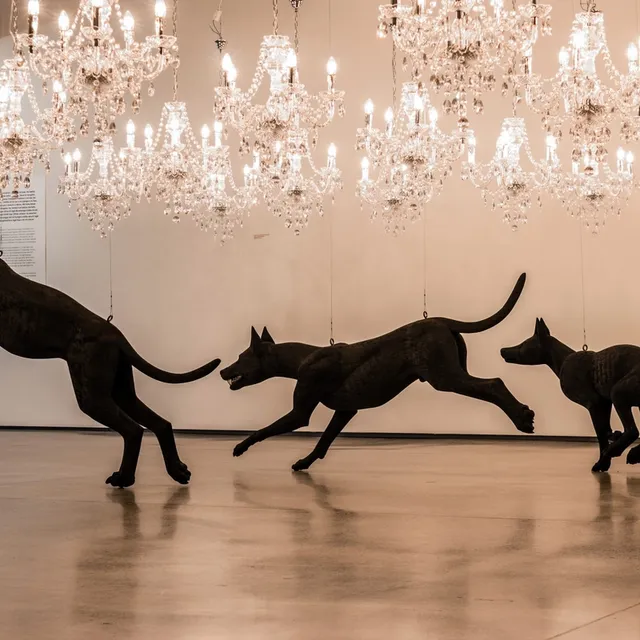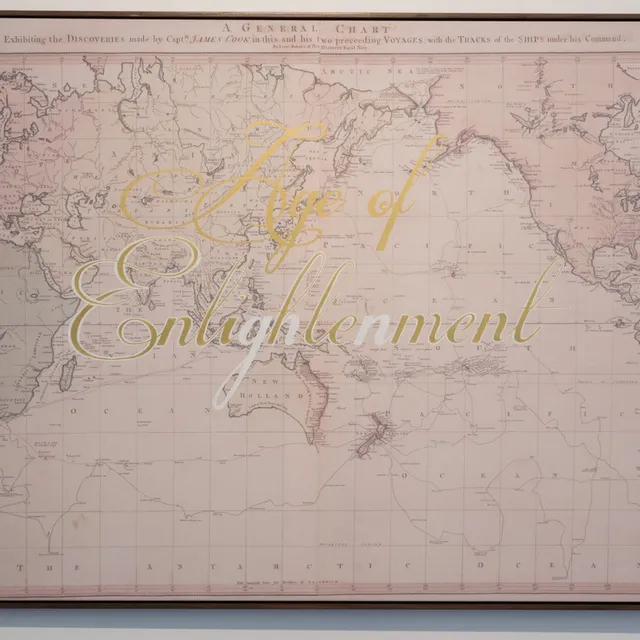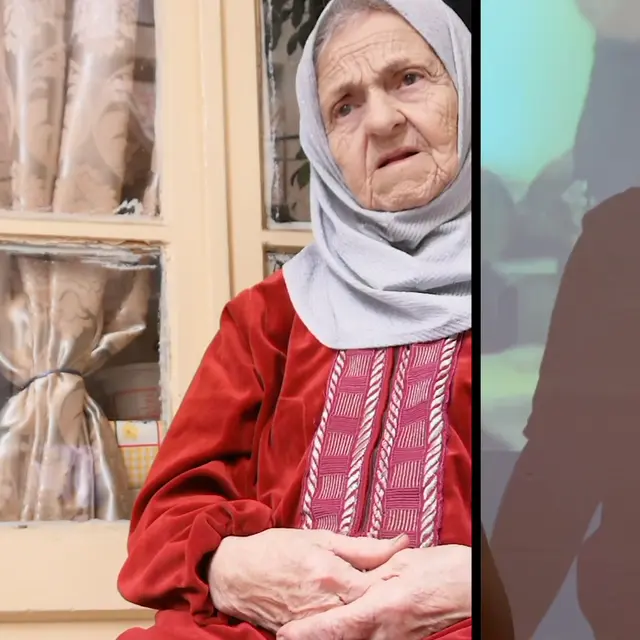Tahmina Maskinyar and Talia Smith
“Introduction to A border can have no boundaries”
Consider the interstitial of the border – the border being the outer edge of something, defining a boundary, existing as the dividing immaterial/material line or location between two areas.
“How nations and governments conceptualise the environment can be explained in part by discourse on the territorialisation of space. Territoriality is a strategy focussed on controlling both people and resources, by controlling and asserting power over space. Control of space is emphasised by the construction of boundaries.”
– Tamara Murdock, CUTTING UP COUNTRY AND COUNTER-MAPPING, 2020. Published on the occasion of NIRIN for the 22nd Biennale of Sydney.
Cumulatively, the submissions by Megan Cope, Bahar Sayed, Samia Sayed, Basel Abbas and Ruanne Abou-Rahme engage with the pluralisms experienced, in the cause and effect of claimed, realised, defined and redefined borders.
Megan Cope’s work, Age of Entitlement was first exhibited at Footscray Community Arts Centre and is drawn from the artist's archive. This artwork is the recurrent departure and arrival point for the narrative arc of this iteration of Offsite, a border can have no boundaries. It demonstrates the manifest power of intersubjectivity wherein all boundaries are able to be crossed through the self-validating logic of possession through law that enabled C(r)ook’s voyages and the claiming of land on behalf of the Crown.1
We are after all collectively at the mercy of, and complicit in the fabrication of australia and other states of occupation which have taken it upon themselves to define histories that validate ownership of unceded lands.
The contributions to this issue of Offsite remind us that both the border and the space it cleaves are fabricated, fortified by systems that are entrenched with possessive colonial mentalities. What persists through the creation and presence of these works is defiance of these systems, shaping a path forward through memory, celebration and truth-telling; resting within the physical and metaphysical archive.
- Tahmina Maskinyar
Hello, are you there?
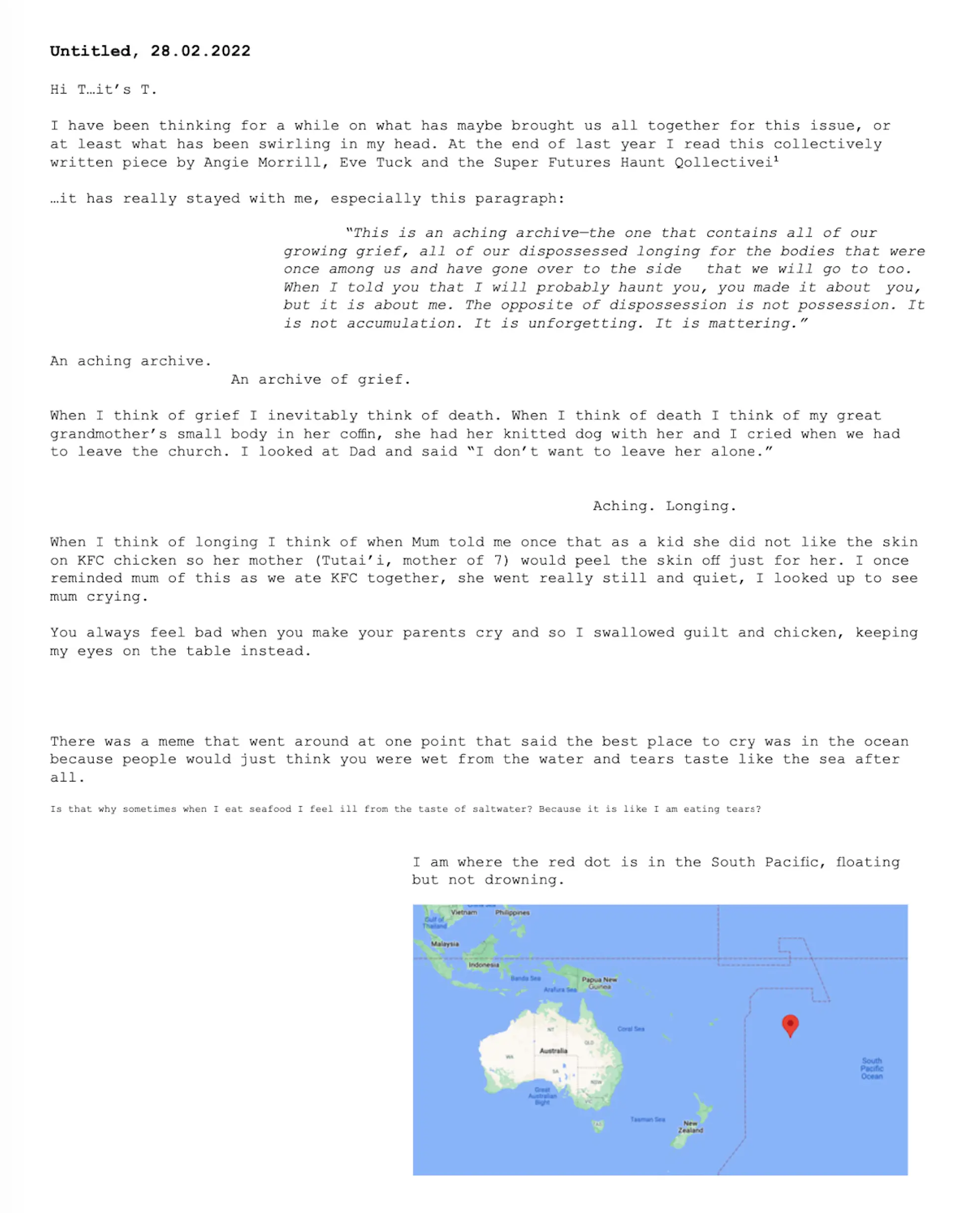
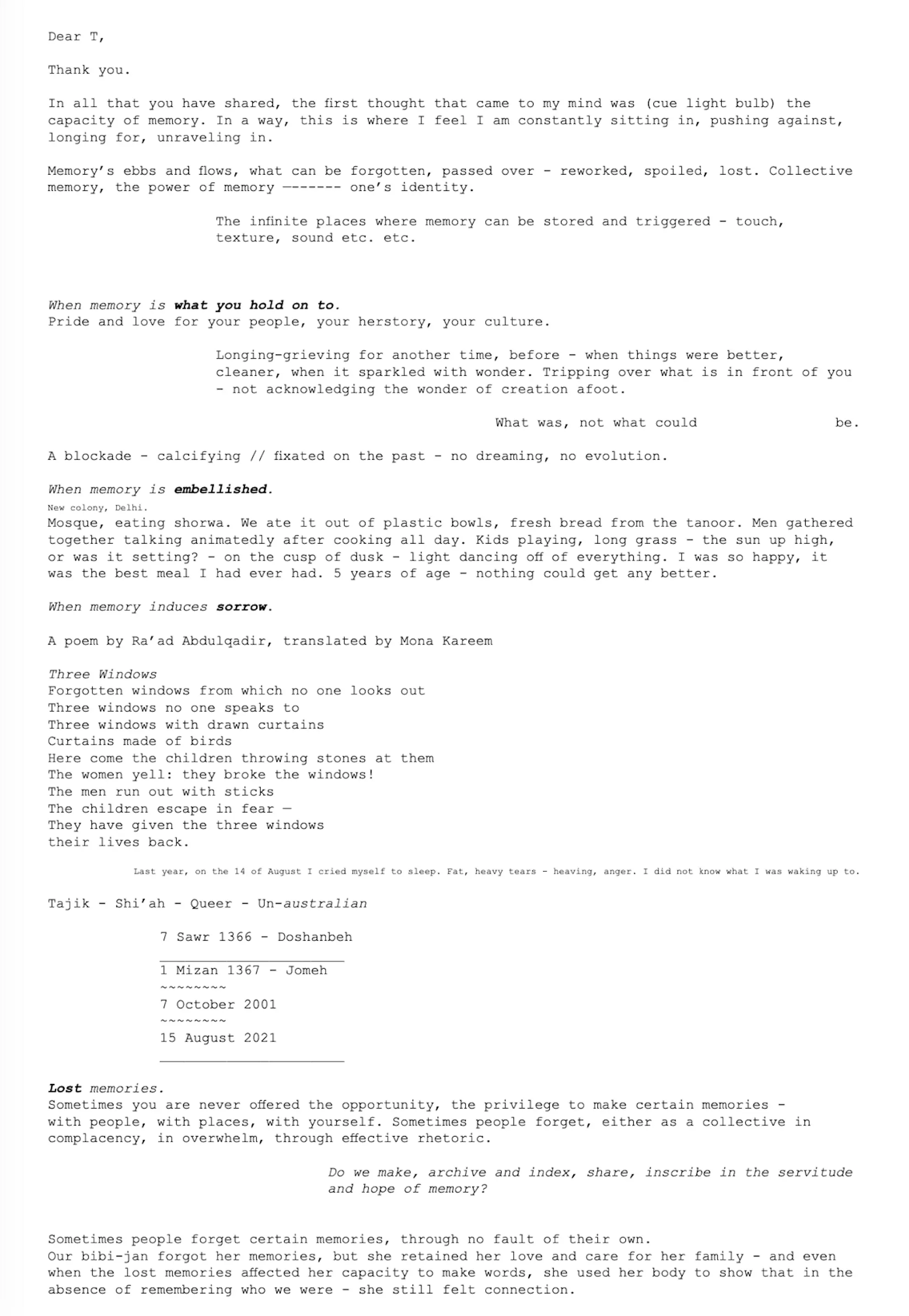
Tahmina Maskinyar is an arts worker and producer. She has formal training in architecture and urban design but has found solace in arts practice with an amorphous base of interests and areas of enquiry.
Talia Smith is an artist and curator from New Zealand and now based in Sydney, Australia. Her curatorial practice explores notions of time, memory and the land with a particular focus on photography and moving image practices.

